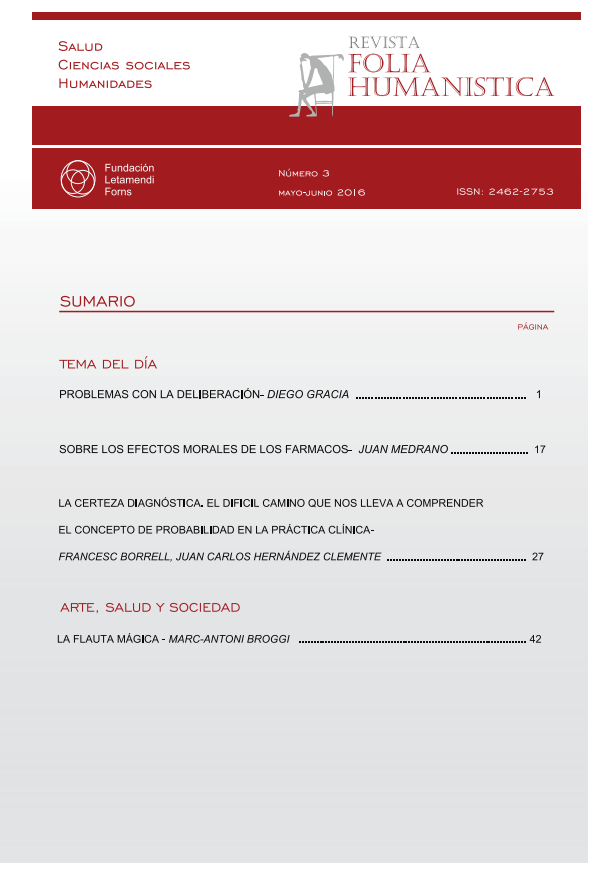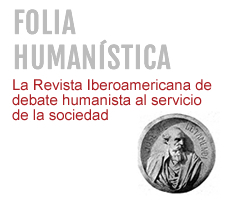La certeza diagnóstica
El difícil camino que nos lleva a comprender el concepto de probabilidad en la práctica clínica.
DOI:
https://doi.org/10.30860/0015Palabras clave:
Regla de decisión, certeza, criterios diagnósticos, método heurísticoResumen
El propósito de este artículo es profundizar en cómo tomamos decisiones clínicas satisfactorias ante escenarios de incertidumbre. En la práctica clínica aplicamos reglas de decisión para estimar grados de certeza y adecuar nuestra conducta. La certeza es un “saber qué hacer” frente a la perplejidad o la duda, con un componente epistémico y otro emocional. El saber experto es un saber basado en criterios que se estructuran de manera probabilística para minimizar el riesgo. La mayor parte de situaciones clínicas finalizan con un cálculo de beneficios concreto para esta situación clínica y este paciente, un cálculo que requiere esfuerzo cognitivo. Identificamos diversas estrategias para simplificar este esfuerzo, conducentes a mayores tasas de errores diagnósticos, y defendemos que demorar el diagnóstico, (darnos tiempo) es una de las habilidades fundamentales del buen clínico.
Descargas
Publicado
Cómo citar
Número
Sección
Licencia
La Revista Folia Humanística se adhiere a Creative Common en la modalidad: Reconocimiento – NoComercial – CompartirIgual (by-nc-sa): No se permite un uso comercial de la obra original ni de las posibles obras derivadas, la distribución de las cuales se debe hacer con una licencia igual a la que regula la obra original.








